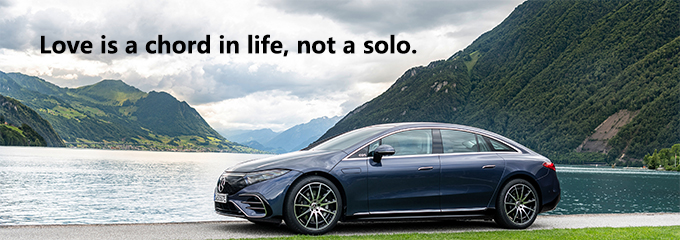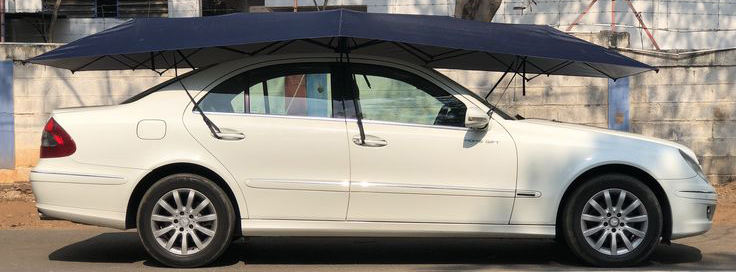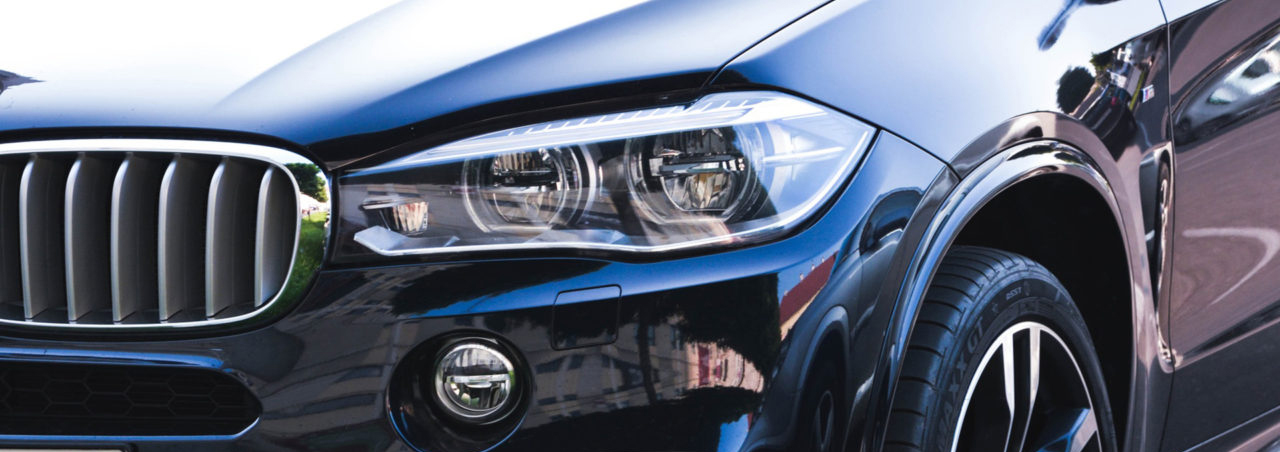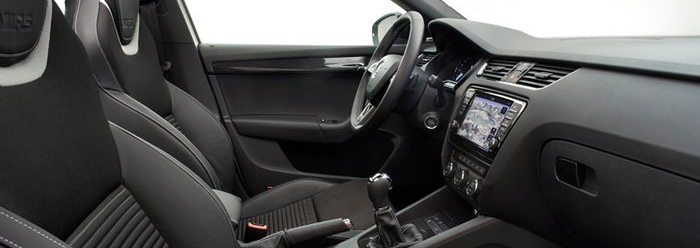
Many cars are left in a state of prolonged parking for some reasons. Long periods of parking can lead to problems such as tire deterioration, deformation and loss of battery power. These issues make maintenance difficult. It's best to drive for about half an hour every other week. So if the car has to be left alone for a long time, what should the owner prepare before parking?
When parking, experienced car owners consider many factors, such as preventing the car from being scraped and exposed to the sun. However, an important thing can always be ignored: the ground conditions.
Although a qualified car body has a high degree of rigidity, it will be constantly deformed because of the impact of the road. Do not think that the slight deformation is nothing. It will have a severe impact on the vehicle's handling and stability.
If the vehicle is parked on uneven ground for a long time, it damages the frame and causes the distortion of the four wheels. Seriously, it even affects the normal opening and closing of the doors. The deformation of the body frame is the most difficult symptom to redeem in the vehicle.
Therefore, if you have to park your vehicle for a long time, please choose a good place to ensure that the four wheels are on the same plane.
Trees are good for cooling, and that applies not only to people but also to birds. Birds' excrement falls off, and the vehicle parked under the tree is inevitably in trouble.
Don't underestimate bird droppings. It contains acidic components that can easily leave permanent discolouration on the car paint even after cleaning.
Another nasty thing is the resin. It is more acidic and even difficult to remove without the special cleaning solution. The damage to the car paint is obvious.

Here is another no-go area, the eaves. The danger comes from human beings. Dirty water from the mop on the upstairs balcony, unintentional falling food crumbs, and even maliciously thrown beer bottles can all cause damage to the car body.
Relatively speaking, the car is not so afraid of the sun. If you don't have a shaded parking space, just park in the sun.
There are two indicators of gasoline quality, actual gum and induction period, which represent the stability of gasoline. Gasoline stored for too long can be severely oxidized, and the gum will be generated.
Gum can make the valve sticky, closed poorly, high-temperature decomposition into carbon deposits on the cylinder wall, piston top and cylinder head, resulting in poor engine performance. It causes explosions and increased wear.
However, there is no need to worry too much. This is a consequence of the severe deterioration of gasoline. In fact, storing the fuel in the tank for one or two weeks will not produce too much change. It is definitely within the use permit indicator and will not affect the engine.
However, if it is parked for several months, you should remove the fuel or keep as little fuel as possible. On the other hand, to slow down the deterioration of the fuel, the vehicle should be parked in a sheltered and cool place as far as possible to avoid direct sunlight.
Long-time parking without movement can cause localized pressure on the tires, which may cause them to become unusable. And the best way to avoid this is, of course, to periodically adjust the position of the tires during the parking to disperse the constant pressure on tires.
If there is no such condition, inflating the tires as much as possible before parking is also OK. The higher the tire pressure, the smaller the compression of the tire wall. After long-term parking, the local deformation of the tires is naturally smaller.
This is one of the reasons why the tire pressure is always so high on new vehicles from the factory. However, it is still important to note that the tire pressure should not exceed the upper limit of the manufacturer's limited value when inflating the tires.

After a long period of parking, the car can be difficult to ignite. Many drivers have encountered this situation. The battery will automatically charge during daily driving. When the vehicle is parked, the battery will also be consumed.
However, the model, usage time, and type of battery vary for each car, and the consumption varies. Therefore, you should do the check according to the condition of your battery.
It is best to check the battery every two weeks. For example, check the height of the electrolyte. Generally speaking, the battery's electrolyte level must be 10-15 mm above the pole plate. Distilled water should be added in time when it is insufficient.
The car owner can ask a friend or family member to help take care of the vehicle and let the vehicle start for 5-10 minutes every other week or two weeks to charge the battery. You can also check the vehicle for other problems.
If you can't find someone to help take care of the vehicle, you can also pull off the battery's negative terminal and disconnect the battery so that there will be no power consumption. Just remember to connect the electrode when you start the car again.
Before parking for a long time, if the parking location is not so good, we should also provide proper protection for the vehicle.
For example, to reduce the erosion of the vehicle's interior by the sun's ultraviolet rays, we should lay blackout curtains on the inside of the vehicle's front and rear windshields and pull the sunshade on the inside of the sunroof.
In addition, if the parking position is likely to collide with other passing vehicles, please mark it in a conspicuous place. For example, put reflective devices around the car to alert other drivers.
Some owners love their cars so much that they like to put on car coats for their outdoor parked vehicles, which is actually not recommended. The car coat is easily blown apart in a windy outdoor environment. The car coat easily causes damage by rubbing against the body.
Therefore, the expert's advice is that it is worthwhile to wax the vehicle before parking it for a long time outdoors. The effective ingredients in the wax can slow down the damage caused by the sun's ultraviolet rays to the paint. The paint after waxing is also more resistant to the erosion of acidic substances in the rain.

Not every vehicle owner is willing to disconnect the vehicle battery before parking the vehicle for a long time in order to keep the vehicle anti-theft and other facilities working.
However, during long-term parking, the battery's continuous discharge is easy to cause a loss of battery power, which may affect the car starting. In severe cases, the issue directly leads to battery damage. Each excessive discharge for the battery has irreversible damage.
Therefore, it is best to start the vehicle every few days during the parking. Let the car run at idle for ten minutes. It not only can let the engine be fully lubricated by the engine oil but also can charge the battery to prevent excessive discharge.
Rubber products on automobiles, such as tires and window-side seals, are easily affected by sunlight, humidity changes and symptoms of premature ageing. These issues result in bad performance and shorter service life.
The ageing of rubber products is mainly due to the fact that rubber is an unsaturated polymer hydrocarbon, which can easily absorb oxygen in the air and oxidize, while vulcanized rubber has specific permeability. Oxygen can easily enter internal oxidation.
In order to avoid premature deterioration of rubber materials, we should take proper care of tires and various other sealing rubber materials during parking.
In fact, it is straightforward. The tire protection wax available everywhere can have excellent protection and a moisturizing effect on the rubber material.
If possible, it is best to drive the car that has been parked for a long time for a certain distance on a regular basis. Ten minutes or even just a slow drive in the parking lot, you can charge the car battery and guarantee the engine and transmission sufficient warm-up and lubrication. These measures avoid local deformation of the tires caused by long-term parking.
For cars parked for a long time, metal surfaces should be kept clean. The garage should be frequently ventilated so that the relative humidity of the air is kept below 70%. Dust, dirt and moisture need to be removed from the car in time.
The surface of the machine parts is prone to rust and corroding. It should be coated with oil, grease or wrapped up with grease paper. The holes on each assembly mechanism should be sealed to avoid air, moisture, and dust from entering inside.

Humidity in the car must also be controlled as much as possible. Otherwise, it is easy to cause mould and mildew in the vehicle's interior after long-term parking. We can use a special dehumidifier to control the humidity of the car.
Of course, there are some simple ways. We can place some old newspapers in the car. They have the function of absorbing moisture.
 Lauritz Carolsfeld
Lauritz Carolsfeld  May 20, 2022
May 20, 2022